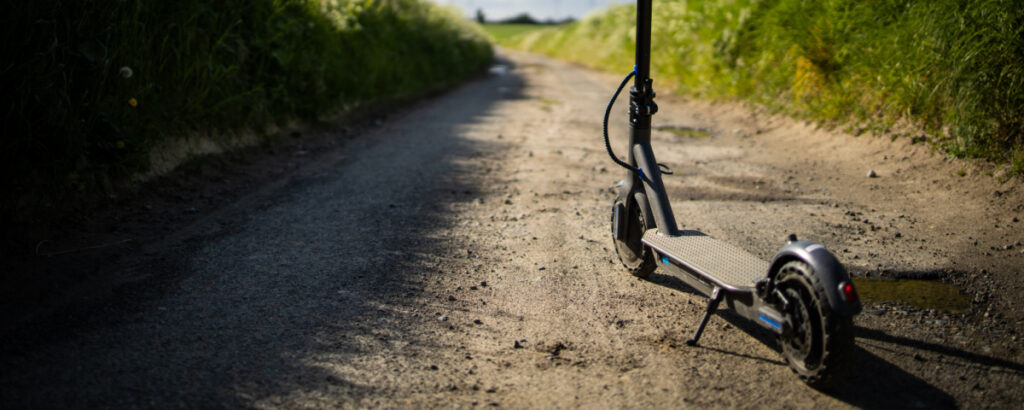As the world embraces sustainable transportation alternatives, electric scooters have gained significant popularity as an eco-friendly and efficient means of urban mobility.
These compact and emission-free vehicles offer a convenient solution for short-distance commuting, reducing carbon footprints, and easing urban congestion.
In this article, we delve into the factors that influence an electric scooter’s range and explore the advancements in technology that have extended their distance capabilities.
Battery Capacity and Chemistry
The primary factor determining the range of an electric scooter is the battery capacity and chemistry.
Lithium-ion batteries are the most common type used in modern scooters due to their high energy density and relatively low weight.
As battery technology advances, manufacturers can equip scooters with more potent and long-lasting batteries, significantly increasing their range.
Motor Efficiency
The efficiency of the electric motor directly impacts the scooter’s range. High-quality and well-engineered motors convert more electrical energy into mechanical power, minimizing energy losses and maximizing the distance the scooter can cover on a single charge.
Rider Weight and Riding Style
The weight of the rider and their riding style can influence the scooter’s range. Heavier riders might experience slightly reduced range compared to lighter individuals.
Additionally, aggressive acceleration, constant braking, and high-speed riding can drain the battery faster, leading to decreased overall range.
Terrain and Surface Conditions
The terrain and surface conditions play a crucial role in determining the scooter’s range.
Scooters tend to perform better on flat, smooth surfaces, as the motor doesn’t have to work as hard to propel the vehicle forward.
However, climbing hills or navigating rough terrains can significantly impact the range.
Weather Conditions
Weather conditions, especially extreme temperatures, can influence battery performance.
Electric scooters might experience a slight reduction in range during extremely hot or cold weather due to changes in battery chemistry and resistance.
Speed and Mode Settings
Most electric scooters come with different speed or mode settings. For instance, an eco mode conserves energy, thereby extending the range, but might limit top speed.
On the other hand, a sport mode could provide a faster ride but reduce the overall range.
Battery Management Systems (BMS)
Modern electric scooters are equipped with intelligent battery management systems (BMS) that optimize energy usage and protect the battery from damage.
BMS helps monitor battery status, temperature, and voltage, ensuring optimal performance and longevity.
Advancements in Technology
The electric scooter industry is witnessing rapid advancements in battery and motor technology.
With ongoing research and development, manufacturers are continually improving energy efficiency, battery life, and range, making electric scooters a more attractive alternative for urban commuting.
Conclusion
Electric scooters offer a green and convenient transportation option for short-distance travel.
The distance an electric scooter can go on a single charge depends on various factors such as battery capacity, motor efficiency, rider weight, terrain, weather conditions, and mode settings.
With the continual advancements in technology and battery innovation, the future holds even greater promise for extending the range of electric scooters, contributing to a cleaner and more sustainable urban mobility landscape.

